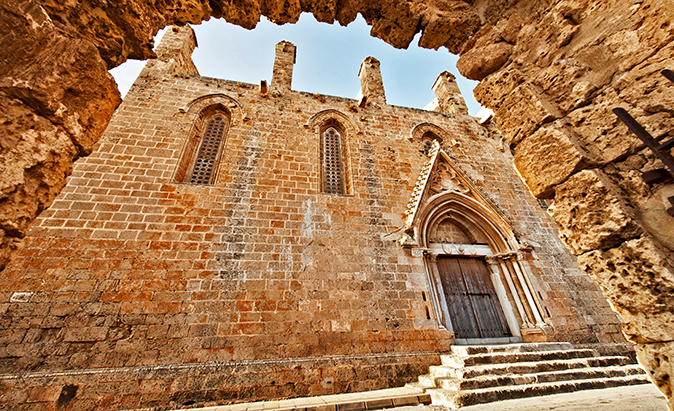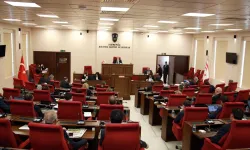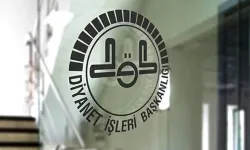10 good reasons to visit Famagusta, which is an "Open Air Museum" with its historical and cultural richness...
It would not be a wrong analogy to describe Famagusta, which celebrated its 2,300th anniversary in 2015 and is an old witness of the glories and destructions of the past, as a city where civilizations intersect or a bright star that left its mark on history. Reflecting on the magnificent gothic architectural art of the Lusignan period and examples of magnificent stonemasonry, the "Open Air Museum" with its every corner smelling of history and mystery, Famagusta City Walls shines like a treasure waiting to be rediscovered with its unique features. Although there are many theories about the foundation of the city, the strongest one is that Famagusta was founded in the 3rd century BC by Philadelphus, one of the kings of Ptolemy, and the king named the new city after his sister Arsinoe.
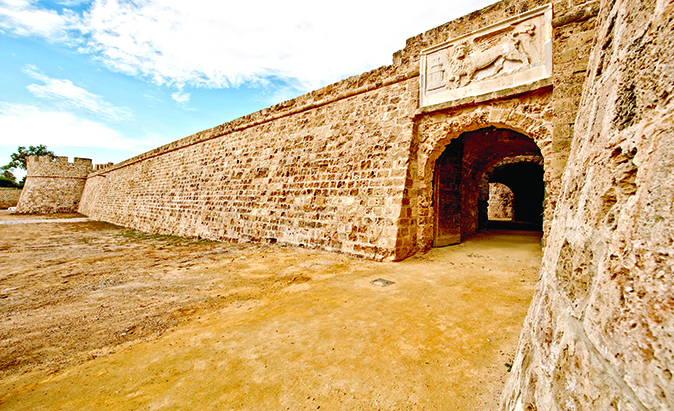
The commercial city of Enkomi - Alashia, which is also the birthplace of the Cypriot written language, is the first link of the development of Famagusta in the course of history.
Then begins the story of Salamis, a magnificent city, one of the most important city kingdoms in Cyprus, which will mark the history of Cyprus, and which has been the capital of Cyprus for many years. When Salamis was first destroyed by earthquakes and then destroyed by the Arabs in 648, the people who migrated from there established a small port city in the area where today's Famagusta is located. In the name of the city, they pronounce it as "Ammohostos" meaning "hidden in the sand" in the hope that the Arabs could not find it. The city, which developed due to its port and trade advantage, was the second of the island after Nicosia in the Lusignan Period (1192-1489), after a very short reign of the Knights Templar. It rises to the status of an important city and becomes known as "Famagusta" in the language of the Franks. The port and trade factor played the biggest role in the development of the city.
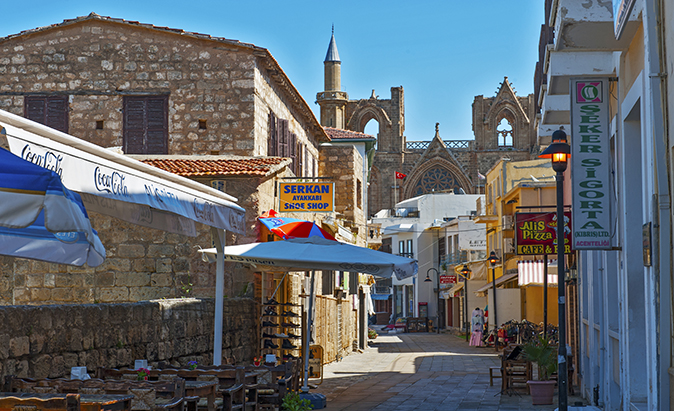
With the capture of Akka by the Muslims in 1291, Famagusta (Famagusta) embraced the knights and nobles, thus becoming the richest port in the whole east. For about a century in 1373, the Genoese fell under the rule of the Venetians until the Ottomans seized the island after a very tough war in 1489 and then in 1571. Nicholas Cathedral, where the Lusignan kings wore the crown of the Kingdom of Jerusalem, built between 1298-1312, is one of the marvelous examples of Gothic art, and was converted into a mosque (Lala Mustafa Pasha Mosque) with the minaret added during the Ottoman period. The square where the mosque is located takes its name from the freedom poet Namık Kemal, who was exiled to Famagusta for 38 months in 1873.
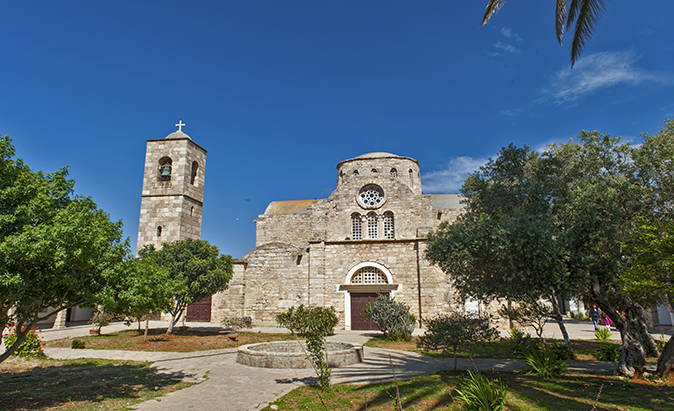
Othello Castle and the legendary lion statue
Othello Castle, which was the subject of William Shakespeare's famous tragedy, built during the Venetian period, and the stone lions inside the Walls, which the people of Famagusta made a legend saying "Go tell the lion your troubles", impose a completely different mystery on this city. Salamis, the city kingdom near Famagusta, and the spread of Christianity to Cyprus, St. Along with Paul, St. Barnabas, which is used as an icon museum today, St. Barnabas Monastery should definitely be visited. Famagusta is indisputably a very special address of our island in terms of history and culture, with what it offers inside and outside the city walls. The city has features that are known for its satirical habits, traditions, sports clubs, the neighborhood of Closed Marasha, the tourism star of a period that was transformed into a ghost town, and the "gargacilar" humor. In the course of history, it deserves the honors of "Mysterious Harbor of the East" and "Open Air Museum and University City" today.
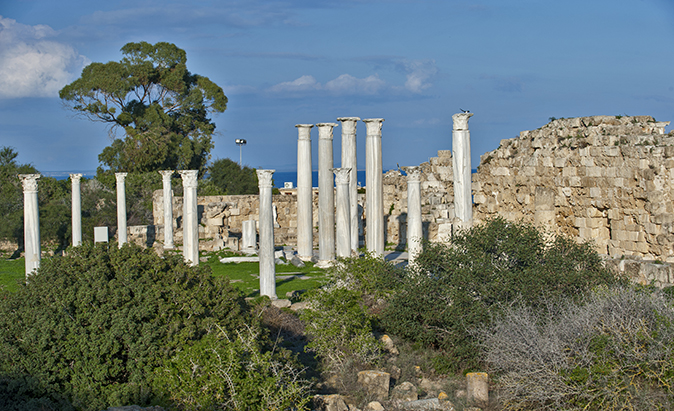
10 reasons to visit beautiful Famagusta
1. Walking through the city walls of Famagusta in the form of an Open Air Museum, step by step, starting from the Sea Gate (Porta Del Mare) or the Land Gate will be a unique historical time tunnel journey.
2. In front of St. Nicholas Cathedral, a masterpiece of gothic architecture, where kings were crowned, you can meet the oldest tree in Cyprus (Ficus Sycomorus), which is the same age as the Cathedral (approximately 715 years old).
3. You can feel the tragic story of Desdemona in Othello Castle, the subject of Shakespeare's Tragedy of Othello.
4. In the course of history, 11th BC – 9th century AD. Visiting the impressive city of Salamis, one of the city kingdoms of Cyprus, which has been inhabited for 21 centuries and served as the capital of Cyprus for many years, is equivalent to going on a magical journey in history.
5. It is known that St. Barnabas, the representative of the fifth gospel theory, the disciple of Jesus, whom Jesus called his source of consolation, was born in Salamis, near Famagusta, and his grave is in Northern Cyprus. St. Barnabas Monastery and tomb are an important center for faith tourism.
6. Seeing the tomb of the first Ottoman ambassador (Paris Ambassador) 28. Mehmet Çelebi, which is one of the rarest examples of Ottoman stonemasonry, located in the courtyard of the Buğday mosque in Famagusta, will mean discovering a different aspect of the Ottoman Empire.
7. Visiting the dungeon and museum of Namık Kemal, the poet of homeland and freedom, who was exiled to Cyprus for 38 months in 1873, will take you back to the far history.
8. Many boutique cafes, patisseries, local restaurants and cultural spots in Famagusta Region are very special stopovers for visitors. It should not be forgotten that the golden beaches of Famagusta beaches are among the best on the island.
9. Seeing the Enkomi-Alasia settlement, one of the most important settlements in the history of Cyprus, which yielded very important finds throughout the history, and where the Cypriot written language was born, contains different stories as a different dimension of historical richness. Participating in international culture and art festivals held in Famagusta will take you on an artistic journey.
10. St. Nicholas Cathedral (Lala Mustafa Pasha Mosque), where the Lusignan kings were crowned as the king of Jerusalem, is the most exquisitely crafted cathedral in the Middle East, and it salutes the past civilizations in the center of the city walls of Famagusta. In this square, the footsteps of the Lusignan, Venetian and Ottoman periods echo. Famagusta, the meeting point of different civilizations, is waiting to be discovered with its different aspects. What are you waiting for? Come and Discover the unique jewel of Cyprus!
